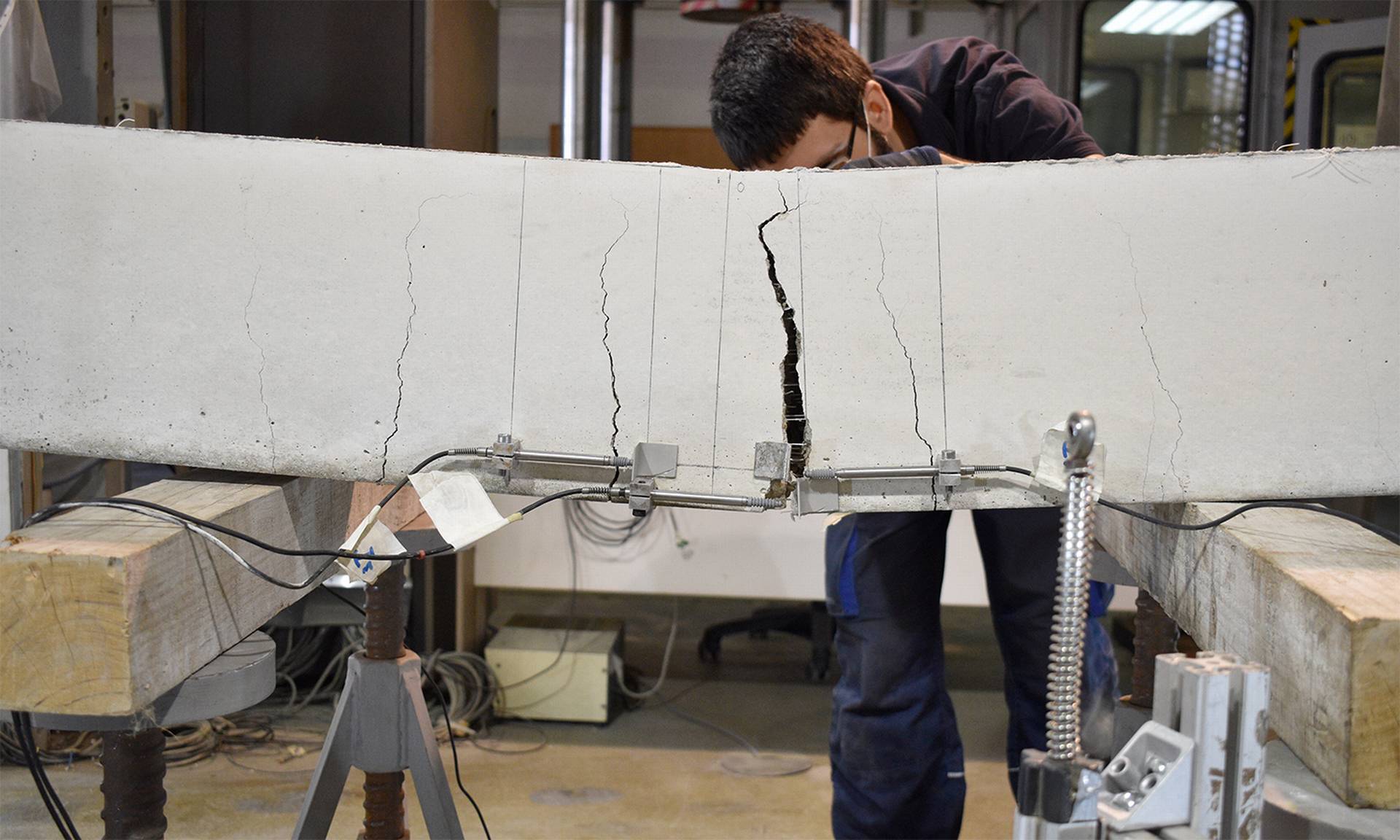Roots make cement stronger – and electric

Carrots made their cement much stronger. The researchers believe that the technology can produce concrete that requires ten kg less cement per cubic meter. A positive side effect is that the building material can generate electricity.
To create cement, limestone and clay are fired at approximately 1,400 ° C in rotary kilns into small balls, so-called cement clinker. The energy-intensive process, which is usually carried out with fossil fuels, contributes to 8% of the world’s carbon dioxide emissions. So all efforts to reduce the use of cement have the potential to provide great returns environmentally.
With a stronger cement, a smaller proportion would also be required to bind together the other material contained in the concrete. In the UK, Lancaster University has investigated the possibilities of making the material more efficient within the B-SMART project, writes Horizon Magazine.
It is water that activates the process, but the fact is that some of the cement particles are never saturated with moisture – and thus they do not contribute to the strength of the concrete. With a more efficient distribution of the water in the cement, you could easily make the concrete much stronger.
For this purpose, the team looked at root vegetables, more specifically carrot residues from baby food production and what remains of sugar beets after the extraction of the sugar. The plant material was added to the cement in the form of extremely thin “nano sheets”. Computer simulations followed by experiments in the laboratory confirmed that the vegetables improved the distribution of moisture, where the nano sheets contributed to the water reaching a larger proportion of the cement particles – thus increasing their bonding ability.
Very strong structure
After the carrot remains had transferred their moisture, the team was able to note that the sheets themselves contributed to giving the cement a very strong structure, and the researchers believe that this in itself is a great discovery. They are now conducting field tests to see if constructions containing the carrot sheets have the same properties as in the laboratory. The researchers believe that their addition of vegetables can provide a material that requires ten kilos less cement per cubic meter of concrete.
At the same time, the researchers are also investigating the possibility of reducing the proportion of cement by mixing in residual waste such as fly ash and blast furnace slag. The assessment is that the proportion of cement can thus be reduced by 30-50 percent in the concrete.
Another interesting aspect of the vegetable experiment is that, for example, carrots under pressure can generate enough electricity to power a small LED lamp. And by placing a nano sheet of carrot in the cement, the researchers were able to create concrete that generates electricity.
In the long run, this means that it would theoretically be possible to build a concrete bridge whose LED lighting or sensors of various kinds are driven by the pressure from the vehicles or vibrations from pedestrians. And since cracking in the concrete affects the voltage, you can keep track of a construction condition by monitoring changes in the electricity that is generated.



